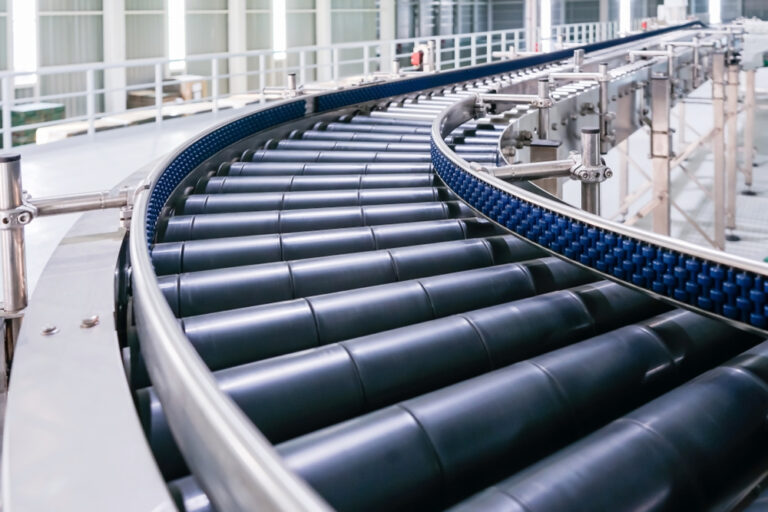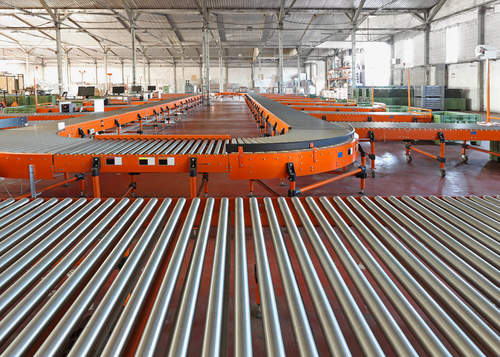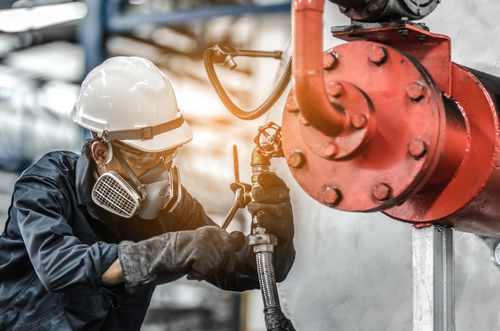Welding and fabrication are essential tools in bringing many kinds of projects together. They are common in everyday construction and an ideal method for many mechanical solutions. At Mathews Mechanical, we’re proud to be experts welding when it comes to custom metal fabrication and more.
How does welding and fabrication work? Learn more about four common types of welding and fabrication that are used today.
Common Types of Welding and Fabrication
- Gas Tungsten Arc Welding (GTAW/TIG)
If you need to join large sections of stainless steel, gas tungsten arc welding (also known as GTAW/TIG) is the way to go. This arc-welding process works with a fixed consumable tungsten electrode that sparks the weld.
Because non-ferrous metals melt at different temperatures, it’s important to consider the type of metal used in the project before committing to GTAW. While useful, GTAW may not always be the most efficient choice, as it often takes more time to complete than other types of welding and fabrication.
- Gas Metal Arc Welding or Metal Inert Gas (GMAW/MIG)
To fuse two metals, gas metal arc welding or metal inert gas (GMAW/MIG) uses a shielding gas on a wire electrode to produce heat. Because of this process, it requires constant voltage and direct-current power. This welding and fabrication type is a typical choice in industrial circumstances that involve plate and large bore pipes.
GMAW/MIG can use several different avenues of metal transfer. For welding thick metal plates horizontally, a globular transfer may be the best option because of its metal droplet size. With little chance of spattering, short-circuiting is another method that can be utilized for any welding position. On the other hand, spray transfer offers little splatter, but this method is best used on thick, flat horizontal pieces as it works with a steady-contact arc. Pulsed-spray is a type that enables micro-cooling periods and can be used on many different plates and in many different positions.
While there are many types of welding and metal transfer options, an engineering professional will be able to guide you to the best choice for your project. We’re happy to help determine the best welding approach for your unique project.
- Shielded Metal Arc Welding (SMAW)
Shielded metal arc welding (SMAW) uses a manual stick welding process to join materials. With an electric current produced by the stick, an arc is formed and welding can be completed. SMAW is typically used in steel and industrial fabrication as this technique helps weld with an open V-Groove.
SMAW is often used for heavy-duty work, typically solutions that utilize iron and/or steel. This type of welding and fabrication can be implemented in many industries, including construction, pipelines, underwater welding, and many more.
- Flux Cored Arc Welding (FCAW)
Because of its high speed and portability, flux cored arc welding (FCAW) is often used for welding and fabrication in building projects. This tool is incredibly variable and can be applied to a wide variety of needs. FCAW can change to different operating angles, polarity, and voltage level.
Another benefit of the speed of FCAW is that the metal it welds cools down more quickly. Because of the smoke and fumes produced by this type of welding, this technique is often used in outdoor settings or in places with proper ventilation.
At Mathews Mechanical, we have a team of certified welders who can join many different types of materials. We’ve been helping businesses solve problems with welding for decades, and we are here to offer our expertise. Welding is only the beginning of our services, however — just take a look at our line card to see the depth of our experience. Learn more about what we do at Mathews Mechanical and let’s start a conversation about your welding and mechanical engineering needs.






